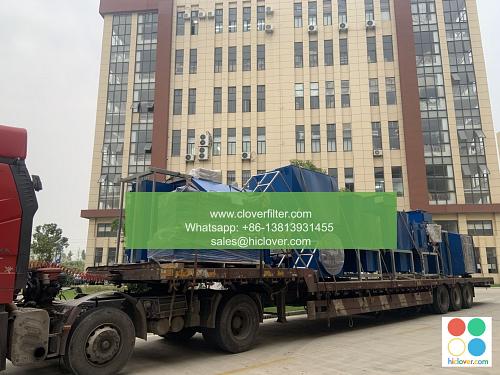Understanding EPA Regulations for Air Filters

The United States Environmental Protection Agency (EPA) plays a crucial role in regulating air filters to ensure they meet specific standards for indoor air quality and environmental sustainability. In this article, we will delve into the world of EPA regulations for air filters, highlighting various application areas, such as industrial air filtration, commercial HVAC systems, and residential air purification.
Introduction to EPA Regulations
The EPA regulates air filters under the Clean Air Act, which aims to reduce air pollution and protect public health. The regulations focus on particulate matter (PM) emissions, volatile organic compounds (VOCs), and other airborne pollutants. Air filter manufacturers must comply with these regulations to ensure their products meet the required standards for air Quality and environmental sustainability.
Types of Air Filters Regulated by the EPA
The EPA regulates various types of air filters, including:
* HEPA (High Efficiency Particulate Air) filters: Designed to capture 99.97% of particles as small as 0.3 microns, including dust, pollen, and other airborne pollutants.
* Activated Carbon filters: Effective in removing VOCs, odors, and gases from the air.
* UV (Ultraviolet) light filters: Used to kill bacteria, viruses, and other microorganisms in the air.
Application Areas for EPA-Regulated Air Filters
EPA-regulated air filters have a wide range of applications, including:
* Industrial air filtration: Used in manufacturing facilities, warehouses, and other industrial settings to remove hazardous airborne pollutants and improve indoor air quality.
* Commercial HVAC systems: Installed in office buildings, schools, and other commercial spaces to maintain good indoor air quality and reduce energy consumption.
* Residential air purification: Used in homes and apartments to remove allergens, pollutants, and other airborne contaminants and improve indoor air quality.
Benefits of Complying with EPA Regulations
Complying with EPA regulations for air filters offers several benefits, including:
* Improved indoor air quality: By removing hazardous airborne pollutants and allergens, EPA-regulated air filters help create a healthier indoor environment.
* Increased energy efficiency: By reducing energy consumption and greenhouse gas emissions, EPA-regulated air filters contribute to a more sustainable future.
* Enhanced regulatory compliance: By meeting EPA regulations, air filter manufacturers demonstrate their commitment to environmental sustainability and public health.
Conclusion
In conclusion, understanding EPA regulations for air filters is essential for air filter manufacturers, industrial facilities, commercial building owners, and homeowners who want to ensure good indoor air quality and environmental sustainability. By highlighting various application areas and emphasizing the importance of complying with EPA regulations, we hope to have provided a comprehensive guide to the world of EPA-regulated air filters. It seems like you haven’t provided a prompt or question for me to answer. Could you please provide more context or ask a specific question so I can assist you properly?

